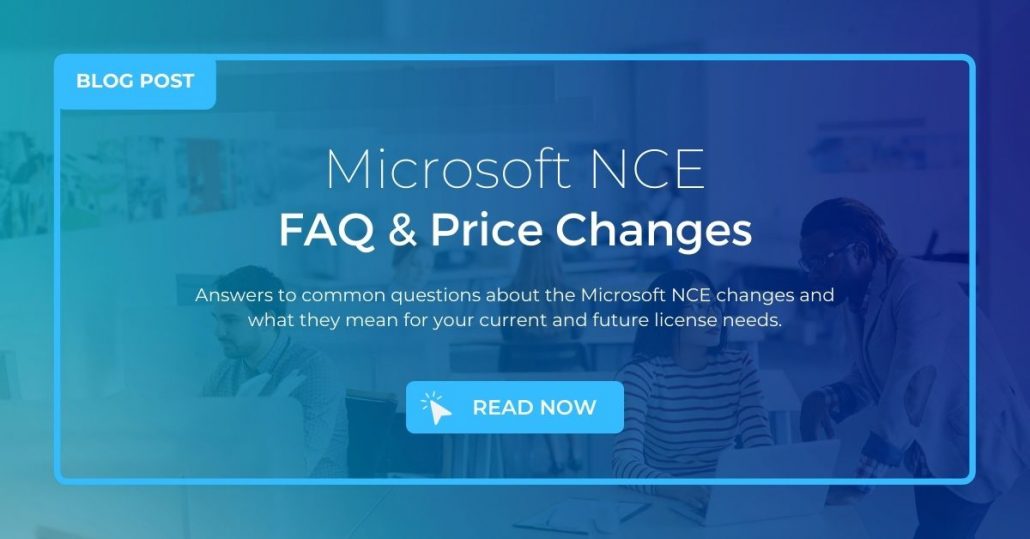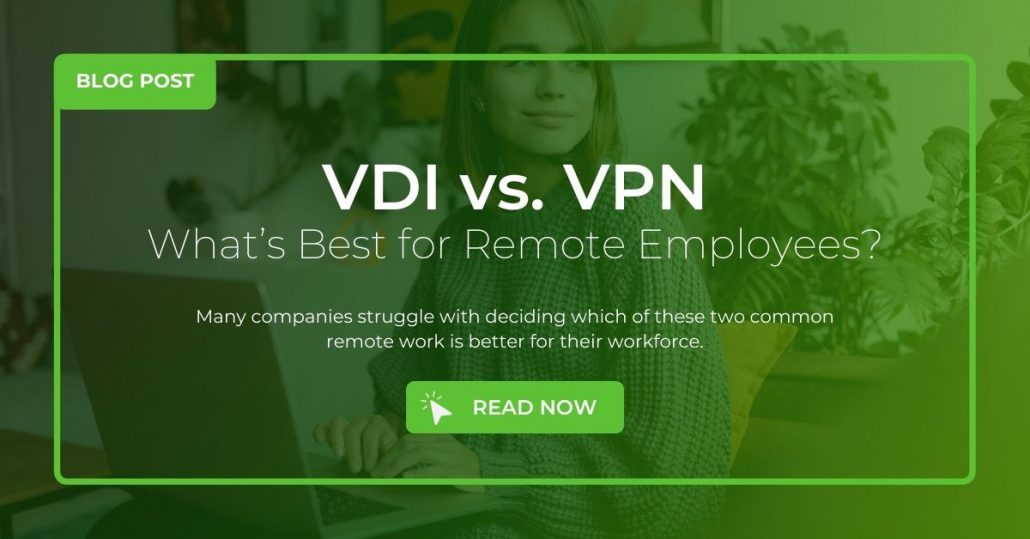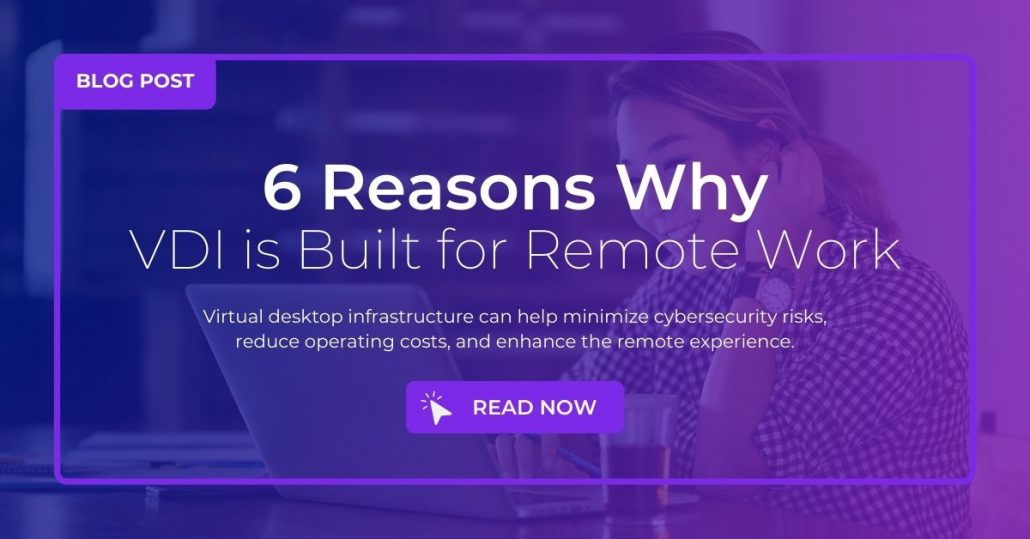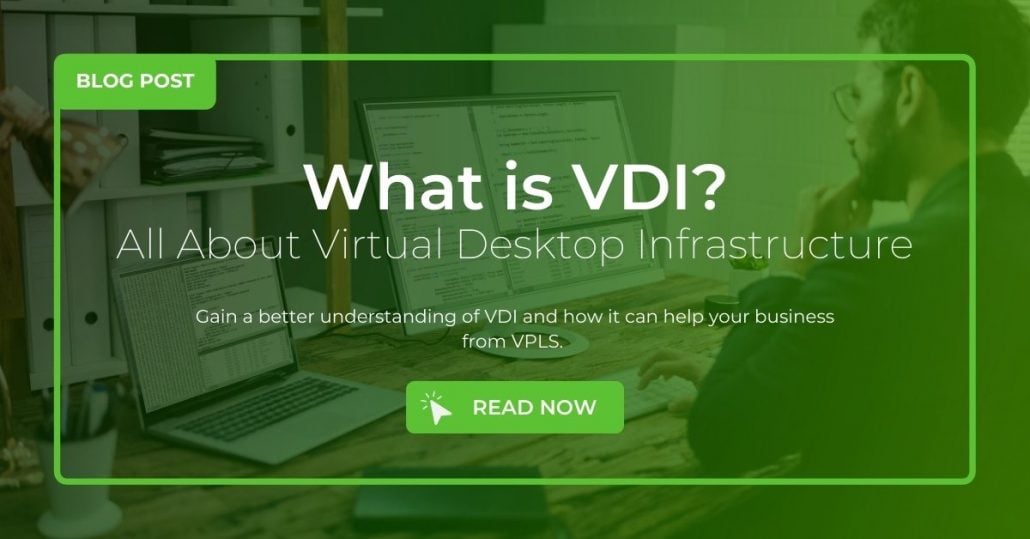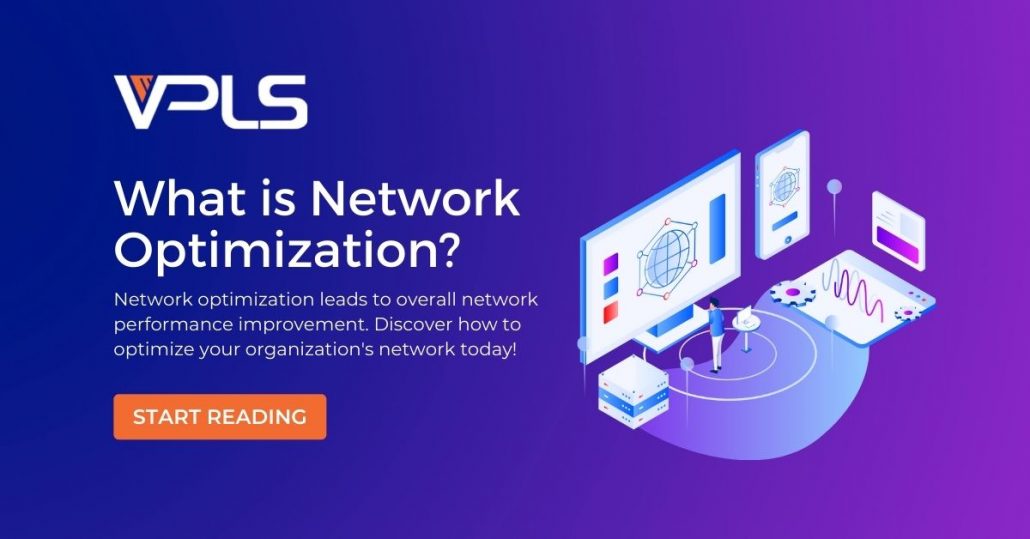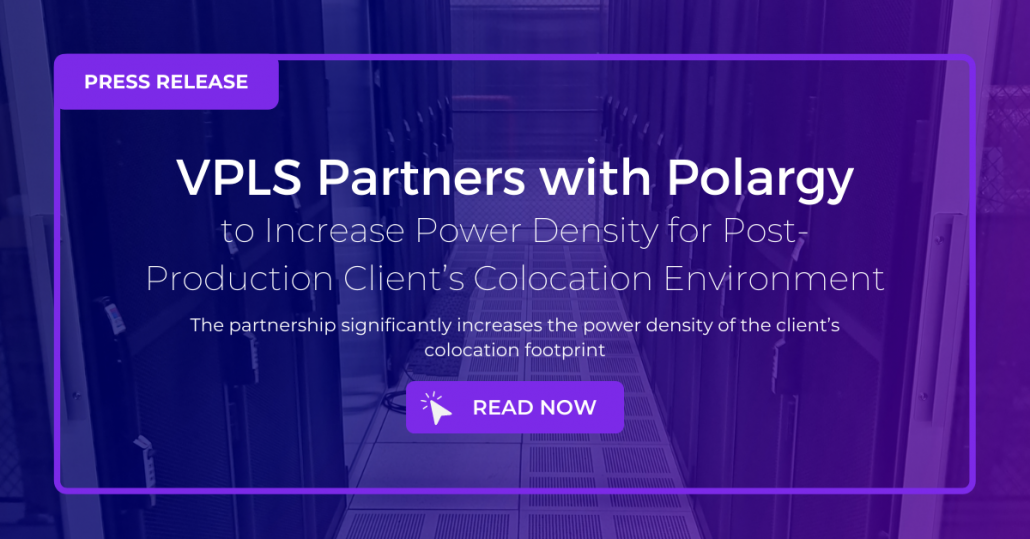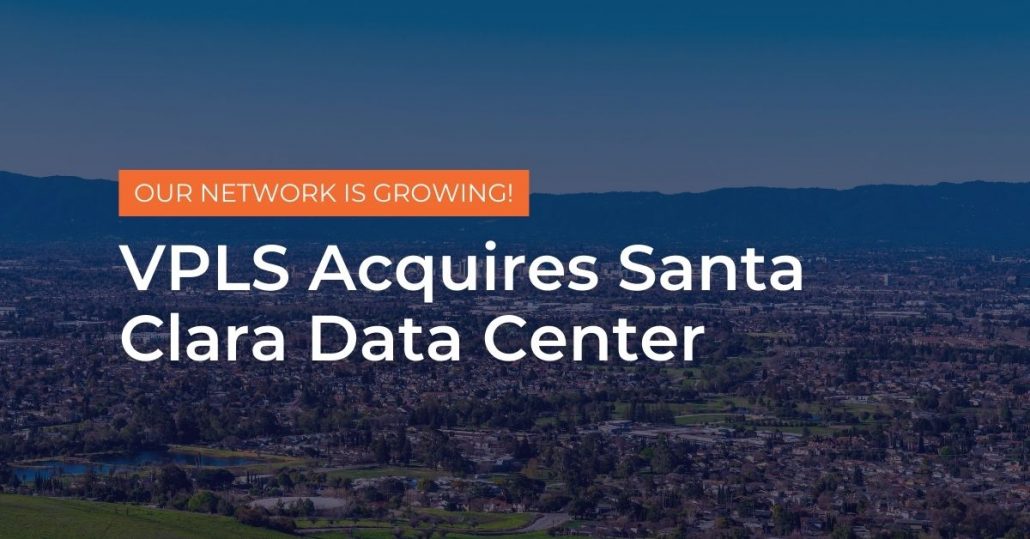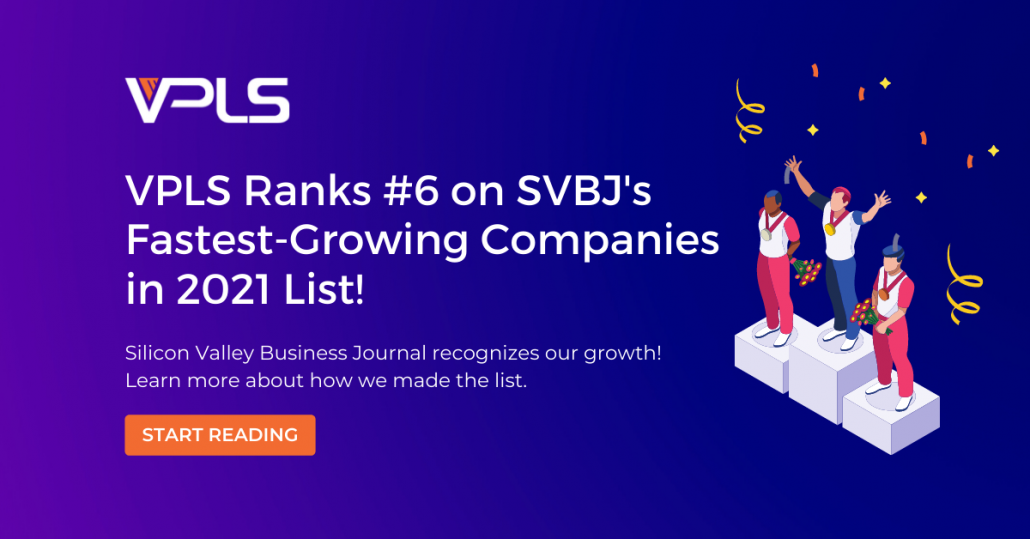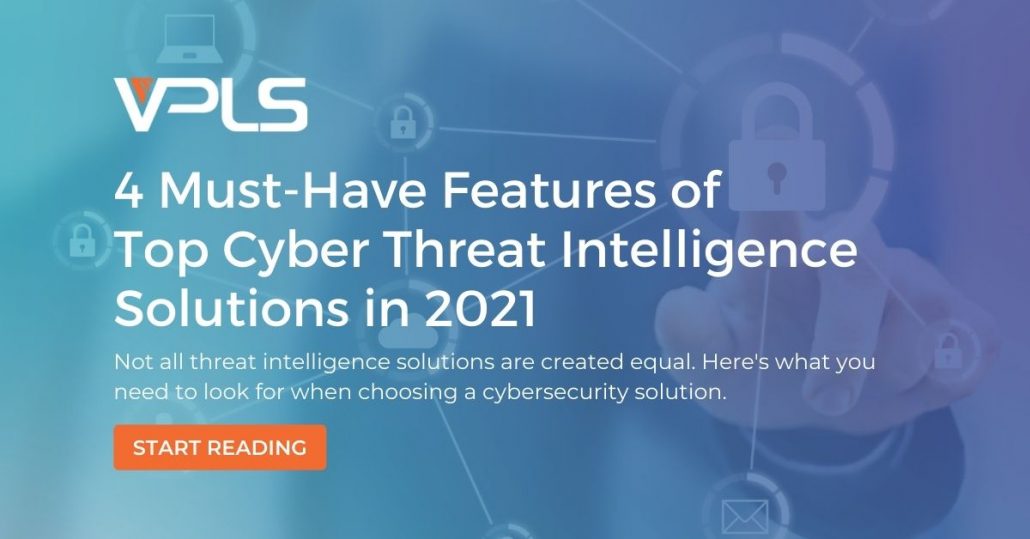VPLS Recognized on CRN’s 2022 MSP 500 List for Seventh Consecutive Year
Published
Written by
Filed under
We are excited to announce today that CRN®, a brand of The Channel Company, has named VPLS to its Managed Service Provider (MSP) 500 list in the Elite 150 category for 2022. CRN’s annual MSP 500 list identifies the leading service providers in North America whose forward-thinking approaches to managed services are changing the landscape of the IT channel, helping end users increase efficiency and simplify IT solutions, while maximizing their return on investment.
With many customers still recovering from the impact of the ongoing pandemic, MSPs have become a vital part of the success of businesses worldwide. MSPs not only empower organizations to leverage intricate technologies but also help them keep a strict focus on their core business goals without straining their budgets.
The annual MSP 500 list is divided into three sections: the MSP Pioneer 250, recognizing companies with business models weighted toward managed services and largely focused on the SMB market; the MSP Elite 150, recognizing large, data center-focused MSPs with a strong mix of on- and off-premises services; and the Managed Security 100, recognizing MSPs focused primarily on off-premises and cloud-based security services.
VPLS has continued expanding its Managed Services offerings to better serve their growing customer base over the last year. VPLS aims to educate their clients on their various IT needs so they can make educated decisions when selecting their services and applications. Their white-glove customer service model recognizes the unique challenges of each organization and brings enterprise-grade support to businesses of all sizes.
“In addition to having to adjust their own business operations to account for the changed conditions during the pandemic, MSPs have also seen increased demand for their managed communications, collaboration and security services,” said Blaine Raddon, CEO of The Channel Company. “The solution providers on our 2022 MSP 500 list deserve credit for their innovative and game-changing approaches to managed services in these unpredictable times, as well as their ability to optimize operational efficiencies and systems without straining IT budgets.”
The MSP 500 list will be featured in the February 2022 issue of CRN and online at www.crn.com/msp500.
Read More from this Author
If you enjoyed this article, you'll probably like:



